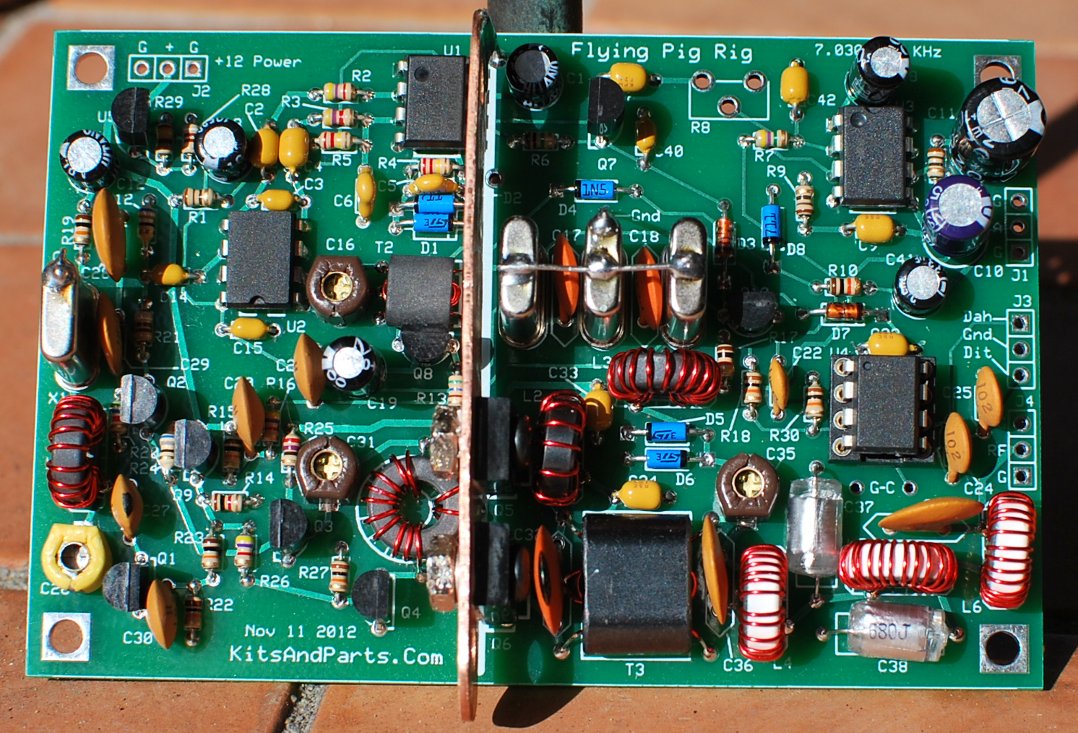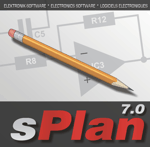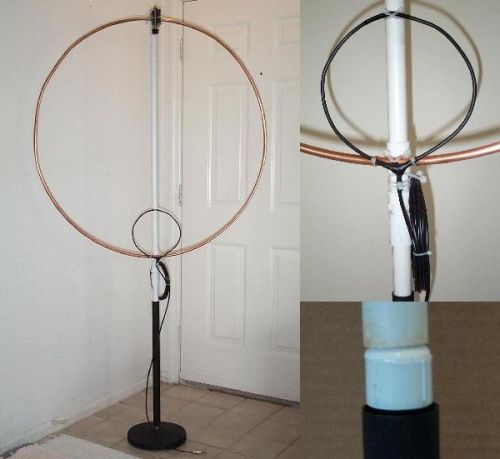My wife has a Dell Inspiron 1545 laptop which came with a 4 year hardware warranty. It has a year to run before the warranty expires.
For nearly a year now the hexagonal power connector socket has been intermittent. So today I contacted Dell to get the connector replaced under warranty. The socket is on a small daughter board along with a couple of USB and other connectors. After about 15 minutes on the phone to India I was fobbed off with "this is wear and tear" and I would be charged to get it repaired. A quick look on the net shows pages and pages of people complaining of the same issue. It is a DESIGN WEAKNESS, as clear as day to me.
The power socket is on the
side of the PC and it is all but impossible not to put a slight strain on the socket. Older laptops, ones that do not have built-in obsolescence features that is, have the power connector fixed so that any strain on the plug is
not transferred to the socket. One laptop I have is now 12 years old and still going strong.
After being passed up 3 levels at Dell in India, I was passed to the Dell Legal Manager and Customer Relations Manager for UK and Europe who again, despite my reasoning, still stood by the "it's wear and tear" statement. It may be wear and tear, but only because with this poor design it impossible not to have wear and tear!
So, I will attempt the repair myself now, following the instructions on the internet from very many others with the same issue.
Dell will never again be graced with my business. Next time I shall buy from a decent manufacturer who listens carefully to customers and who actually cares, assuming there is one!
In my opinion, this demonstrates a total ignorance of how to manage customers well. In my business life I was taught to value customers so they came back again and again. At three levels in Dell, not one of them seemed to understand that a dissatisfied customer rarely comes back and shares his bad experience with at least 10 others. By this blog I hope to reach a few thousand.
Dell (or should it be renamed Dull?) - sorry, but your stance is unbelievable in the 21st century.
I now know what DELL stands for: Do Everything to Lose Loyalty.




.jpg)




























